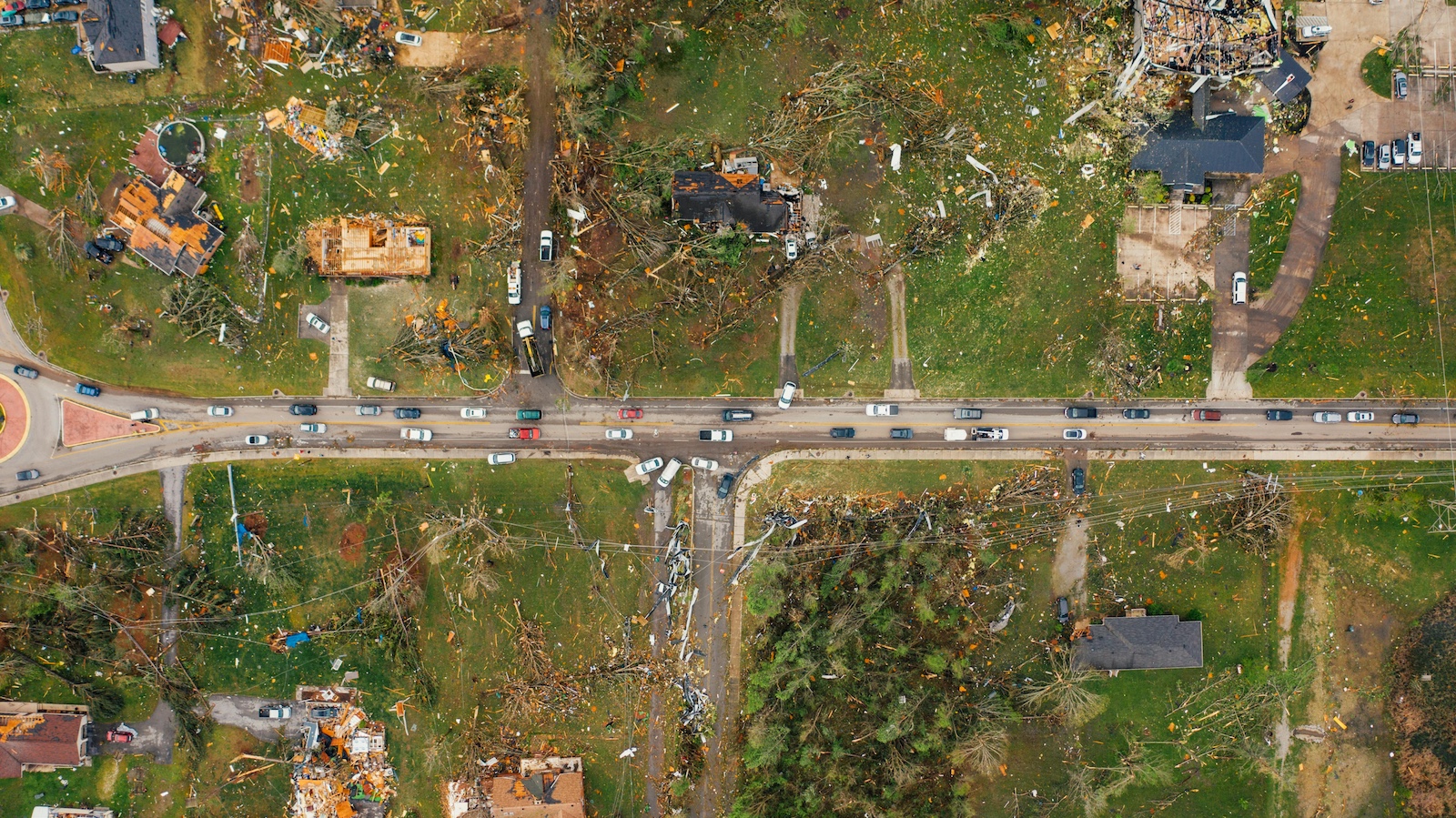There's a line that I first heard only a few months ago but keep running across: You may think you have a 30-year mortgage on your house, but you really just have a one-year mortgage.
Why is that? Because you have to renew your homeowners insurance every year, and your house is only affordable if your insurance is.
In the vast majority of cases, homeowners have nothing to worry about. Their premiums will change modestly from year to year. But those on the front lines of climate change -- along coasts, where water levels are rising, and in parts of the country where wildfires are escalating and violent storms may become more frequent -- may face sudden changes that could even force them out of their homes.
California, the bellwether for so many things in the U.S., is again in the lead on this insurance issue, showing how very complicated it will be.
Wildfires have burned more than 2 million acres in California this year. That is already an annual record even though September and October are historically the worst for wildfires.
The possibility of wildfires has put some 800,000 homes at risk of becoming uninhabitable because of soaring insurance premiums or of having insurers simply decline to cover them. State regulators ordered insurers not to cancel policies on those 800,000 homes, which are in or near dangerous areas, but the ban expires in December and can't be renewed. As this New York Times article details, insurers, regulators and customers are all working to solve the problem -- but not having much luck.
Data suggest that, in other areas, insurers are canceling policies or pricing homes out of the market. As the Times reports, "The number of households buying coverage from California’s high-risk insurance program, a costly and bare-bones alternative for people who can’t get private coverage, has increased by more than 50% between the start of 2019 and June 2020, to almost 200,000 households."
And even that program is becoming less accessible: The article adds that the program "has asked the state for permission to raise its rates by 15.6%, after initially seeking an increase more than double that amount."
Obviously, insurers need to be able to price based on the risk associated with each home, but it's not that simple. People demonize insurance companies that pull out of a market or that jack up rates after a disaster -- and people vote. So, regulators -- at least, those who want to be reelected or reappointed -- tend to limit rate increases and may block cancellations.
California has a further wrinkle (as it so often does): Insurers are only allowed to use historical data when underwriting policies. So, even though projections are for the fires to keep getting worse as the climate heats up, that information doesn't count -- it can't be used in pricing.
State lawmakers attempted a compromise that would have let insurers use projections and incorporate some other costs into pricing, if insurers would make coverage more widely available and provide incentives for measures that would reduce fire risk. But consumer groups argued that the deal was too favorable to insurers, and it eventually fell apart.
Economics has to win. There's no alternative. Assuming that climate change continues to worsen the wildfire threat in California and elsewhere, insurers will have to increase rates a lot or drop coverage, and homeowners in endangered areas will have to harden their properties to greatly reduce risk, pay those higher rates or move.
As I noted in last week's Six Things, some 43,000 homeowners have already taken buyouts from the federal government and relocated rather than continue to fight nature in areas being inundated by coastal waters. A similar shakeup will have to account for wildfire and perhaps other types of storms, such as the derecho that damaged millions of acres of Iowa farmland last month and will reduce this year's harvest by 25% to 50%.
But economics won't necessarily win any time soon. The failure to reach a compromise in California suggests that the state will muddle along, with consumer groups and insurers at odds and with regulators caught somewhere in the middle.
Muddling along is hardly ideal. A clear vision that could lead to an actual plan would be far preferable. But the best I can suggest is that those of you who don't live in California and don't have to experience the dysfunction directly should keep an eye on what we go through. Lots of insurers, regulators and homeowners will likely have to confront issues related to climate change, so you might as well learn from the mistakes by those of us in California so you don't have to make all of them yourselves when your turn comes.
Stay safe.
Paul
P.S. Here are the six articles I'd like to highlight from the past week:
How ‘Explainable AI’ Changes the Game
AI often performs its magic with little insight into how it reached its recommendations. "Explainable AI" makes all the difference.
The Future Isn’t Just for Insurtech
The new promise — the modern concept of insurtech — is a strategy driven by collaboration and innovation rather than disruption.
‘Virtualizing’ Your Customer Service
For the insurance industry, meeting increased customer demands with excellent service requires the right combination of technology and training.
New Operating Model for Insurers (Part 1)
Taking a few key steps will enable an insurer to resolve its operational challenges and lay the foundations for future success.
COVID-19 and Need for Analytical Insurers
Stronger analytics can assist insurers through the COVID-19 crisis, and create building blocks for longer-term business benefits.
Of Independent Agents, Heirloom Tomatoes
Direct vs agency is a silly fight. Neither channel maps cleanly to customer preferences. Both have advantages and disadvantages.








